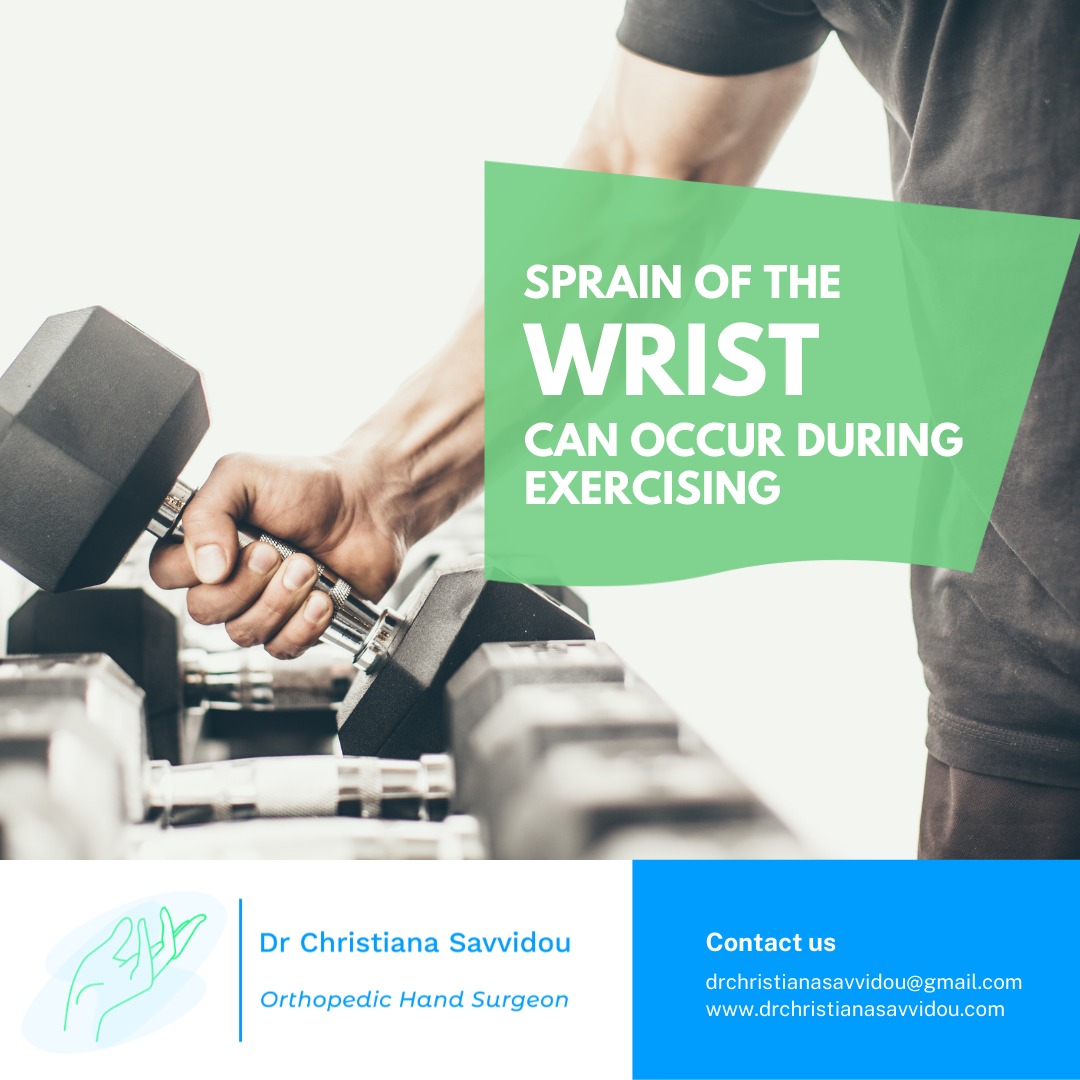How to avoid wrist injury while exercising
We are all aware of the health benefits of regular exercise. Many fitness programs involve putting pressure on your wrists.
You may have noticed discomfort while lifting weights or pain during yoga poses that require you to put weight on your hands.
Here are some tips to make sure you are not straining your wrists while exercising.
-
Keep your wrists flexible. Tight wrists put extra strain on surrounding ligaments, muscles, and joints. Make sure your wrists can move comfortably during your workout. If an exercise requires the wrist to bend 90 degrees or more, gently stretch your wrists back so they can move into the position with ease before adding your body weight.
-
Maintain your strength. Strong wrists are more stable during weight lifting and weight-bearing activities. A strong grip allows you to hold weights more securely during intense exercises. Stress balls and spring grippers can be used to strengthen your grip. To help prevent wrist injuries and wrist pain, strengthen the muscles in your forearms using light resistance bands or small weights to resist wrist motions.
- Use your wrists in the most stable position. Keep your hand and forearm in a straight alignment during exercises. Improper wrist position puts strain on the small ligaments. If your exercise program requires putting weight through an outstretched hand (as in a plank pose), add stability at the base of your wrist by slightly arching your hand.
- Support your wrists. Wrist straps can assist with securing your grasp around heavy barbells. If wrist motion is uncomfortable during these types of activities, braces or wraps can restrict your wrist motion and avoid awkward pulls. Exercise tools such as yoga or push-up blocks can help you modify your wrist position for increased comfort as your weight bears through your hands. Also, make sure to use a yoga pad or towel under the wrist when performing weight-bearing exercises.
- Rest your wrists. Take rest breaks as needed or alternate your exercise routine with lower impact activities. Exercises should not cause more wrist pain. In addition, strengthening your back and core muscles will take the burden of heavyweights from your wrists.
Whether you are recovering from a wrist injury, experiencing slight discomfort, or feeling great, listen to your body and make adjustments so your wrists stay comfortable and protected during exercise.
If your wrist pain worsens or does not go away come see us for a consultation.


